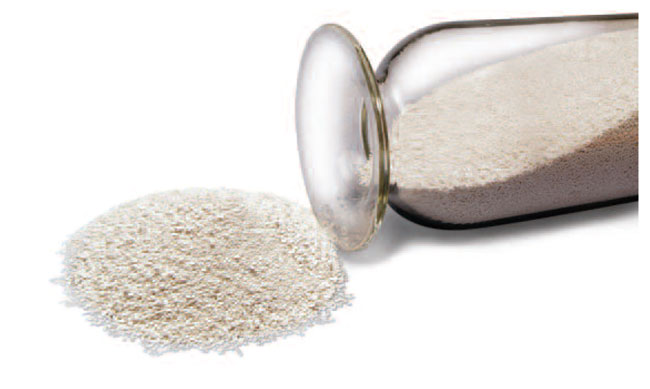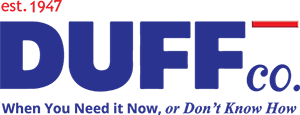METSORB™ ABSORPTION MEDIA FOR HEAVY METALS
Metsorb™ is a patented absorption media that removes arsenic, antimony, lead, and uranium. It affords a higher capacity and a lower level of interference than competitive iron and alumina based products.
If your customers, especially those with educational and childcare facilities, are impacted by the EPA’s new Lead and Copper Rule update and must take action to filter water that exceeds new lead levels, contact your Duff Co representative to see if Metsorb is the answer.

Uniquely able to remove multiple metals at once, Metsorb™ can treat the contaminants below, as well as Cadmium, Copper, Mercury, Vanadium, Zinc, and Nickle. This means space-saving tanks, lower labor and installation costs, less system maintenance, and reduced waste generation.
Arsenic can cause skin and circulatory system damage and can increase cancer risks.
Antimony can contribute to high cholesterol and decreased blood sugar. It is a potential carcinogen.
Lead can delay physical and mental development in children and can cause kidney problems and high blood pressure in adults.
Uranium can cause kidney toxicity and increase the risk of cancer.
In addition to the health benefits of filtering heavy metals from water, Metsorb™ also offers these benefits:
- Lower Capital Costs
- Less Equipment and Ease of Installation
- Packaged Units – Small Footprint
- Reduced Operational and Maintenance Activities
- Less Operational Oversight
- Less Mechanical/Electrical Sophistication
- Reduced Waste Generation
- Minimal Backwash
- No waste sludge generation
THE EPA’S 2020 LEAD AND COPPER RULE (LCR)
On December 22, 2020, the EPA finalized a major update to the LCR requiring community water systems to test for lead in elementary schools and child care facilities.

- “Fifth Liter” sampling: Four liters of water must be flushed before testing the fifth liter, ensuring water has passed through the lead service line (LSL).
- Wide-mouth bottles: For the most accurate results, use only wide-mouth bottles.
- No more aerator flushing: Sampling instructions can no longer recommend flushing or removing the faucet aerator.
- Lead Service Lines: Buildings with LSLs and other lead plumbing will be targeted. When a sample exceeds 15 ppb, conduct follow-up sampling and take steps to reduce lead.
NEW TRIGGERING ACTIONS
When a tested level exceeds 10 ppb, more rapid implementation of corrosion control, including LSL replacement, is required. This is down from 15 ppb with up to four years allowed to pass before action is taken.
CLOSING LOOPHOLES
At least 3% of LSLs must be replaced each year when 10% of the sampling results exceed 15 ppb. Under the new rule, systems:
- Must have a plan in place and being replacing lines when sample results are above trigger level.
- Cannot avoid replacing LSLs through testing.
- Must replace system-owned LSL portions when customers choose to replace their line portion.
- Partial LSL replacements, which can lead to short-term spikes in lead concentration, will not meet new requirements.

EMPOWERING COMMUNITIES
- Water systems are required to identify and make public the locations of LSLs.
- Homeowners must be notified within three days of a residential sample testing above 15 ppb.
- If a water system exceeds its action level, customers must be notified within 24 hours and educational materials provided within 60 days.
- Property owners must be notified about opportunities to replace LSLs and any financial assistance programs available to help customers replace their side of the line.
FOR MORE INFORMATION
Visit the following EPA websites for more information and updates, including financial assistance available to homeowners who choose to replace their side of an LSL.
